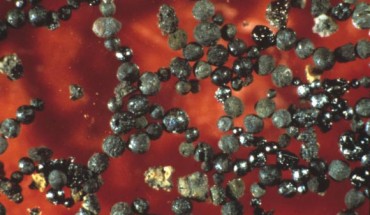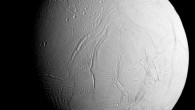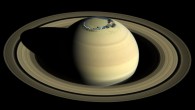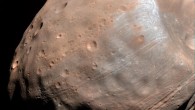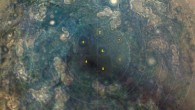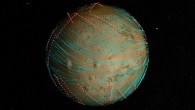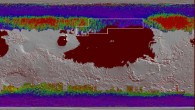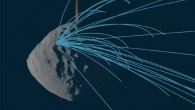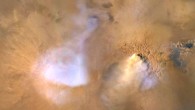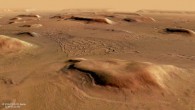A team of researchers from the University of Washington and NASA’s Ames Research Center has analyzed iron-rich micrometeorites collected from 2.7 billion-year-old (Archean Eon) limestone in the Pilbara region of Western Australia and found that these tiny space rocks encountered a carbon dioxide-rich atmosphere on their journey to the planet’s surface. These 2.7 billion-year-old meteorites, about half a millimeter across, fell into the ocean and...

